We recently connected with Tia Justice and have shared our conversation below.
Tia, looking forward to hearing all of your stories today. Let’s kick things off with a hypothetical question – if it were up to you, what would you change about the school or education system to better prepare students for a more fulfilling life and career?
If I could change one thing about the education system, I’d make real-world knowledge and practical survival skills as important as standardized tests, because life doesn’t care what you scored on the SAT when the sky turns green and the sirens go off.
In Indiana, severe weather is part of everyday life, but so many students graduate without knowing how to identify a real hazard versus what Hollywood sells them. We need to teach kids how to read the sky and the radar. What does a wall cloud actually look like? How do you know if you’re in the path of a tornado? Where is the safest place to shelter, and why does it matter? Why you never wade or drive through floodwaters, how to stay warm when the power’s out in January, or how to keep cool during a heatwave when the AC fails… These are simple, practical lessons that save lives, yet we barely touch them in most schools.
Instead, we’re so focused on pushing kids through a maze of standardized tests that often do nothing to prepare them for real-life challenges. That gap is exactly why Indiana Storm Chasers exists, why I created it, because if the school system won’t fill it, we will.
There’s another piece too: we need to teach kids that you don’t need a fancy degree to be curious, capable, or credible in the world of STEM. Mike Rowe is right, we need to push people toward skills and trades that actually get things done and pay the bills. Some of the greatest discoveries in science have come from amateur researchers chasing curiosity, not credentials.
At the end of the day, we should be teaching kids to explore their world and question it, not just memorize and move on. If we arm them with critical thinking, real-life hazard awareness, and the courage to get their hands dirty, they’ll be far better prepared to build fulfilling lives than any bubble test could ever guarantee.
Case in point: ISC’s VP, Nathan Lorenzen and I were talking to a group of high schoolers about severe weather safety. One student raised his hand and asked, “So, if there’s a tornado warning and I’m in my car, should I try to outrun it and hide under an overpass?” He genuinely didn’t know, and why would he? It’s not taught. That moment made it clear: we can’t expect people to make good choices if we never teach them how.
If we want students to lead fulfilling lives and careers, we need to arm them with knowledge they can actually use: how to interpret information, question it, and apply it calmly under pressure whether it’s weather alerts, news headlines, or anything else life throws at them. That’s why we do what we do, to fill that gap one classroom, one community center, one conversation at a time.
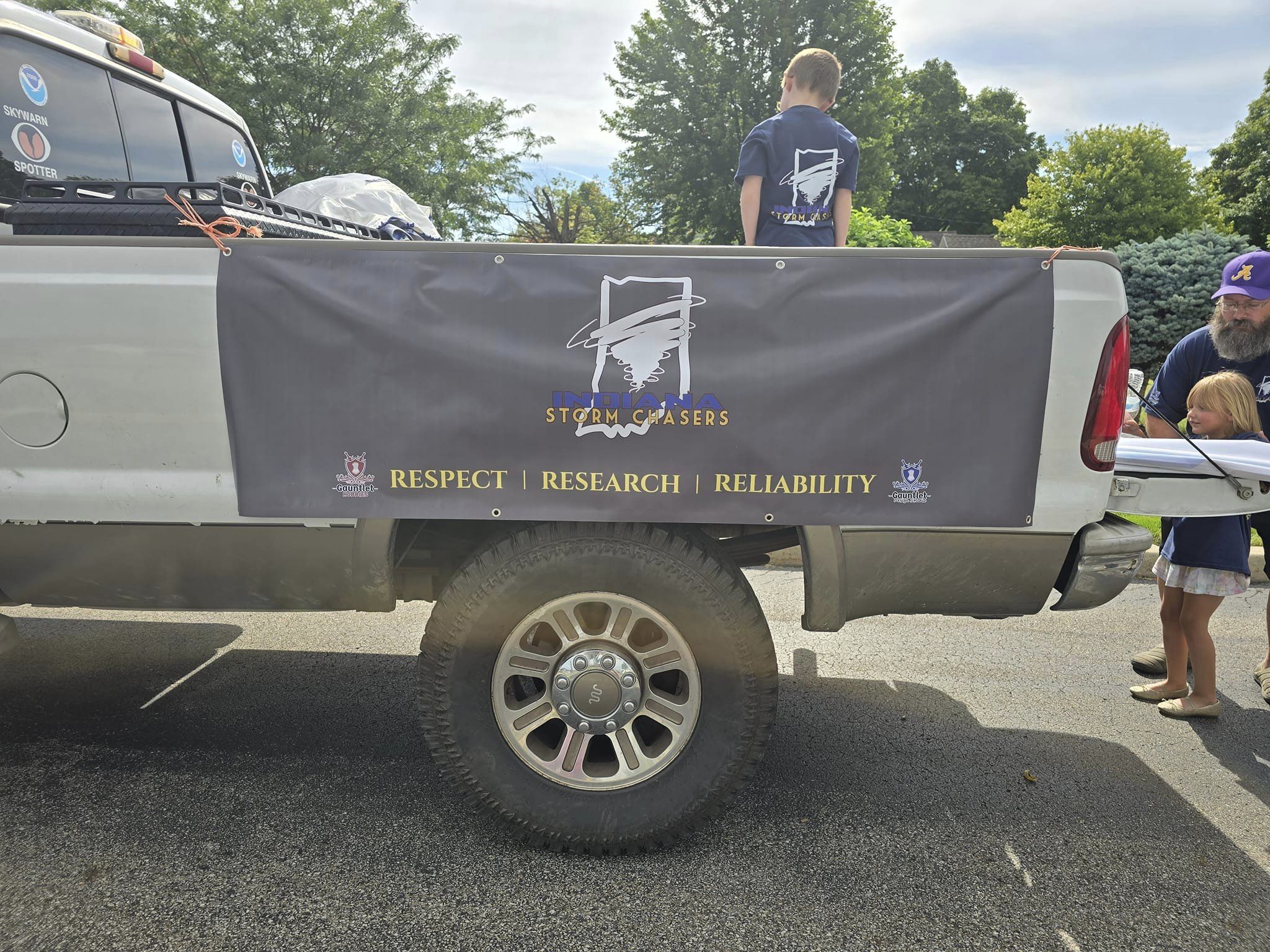
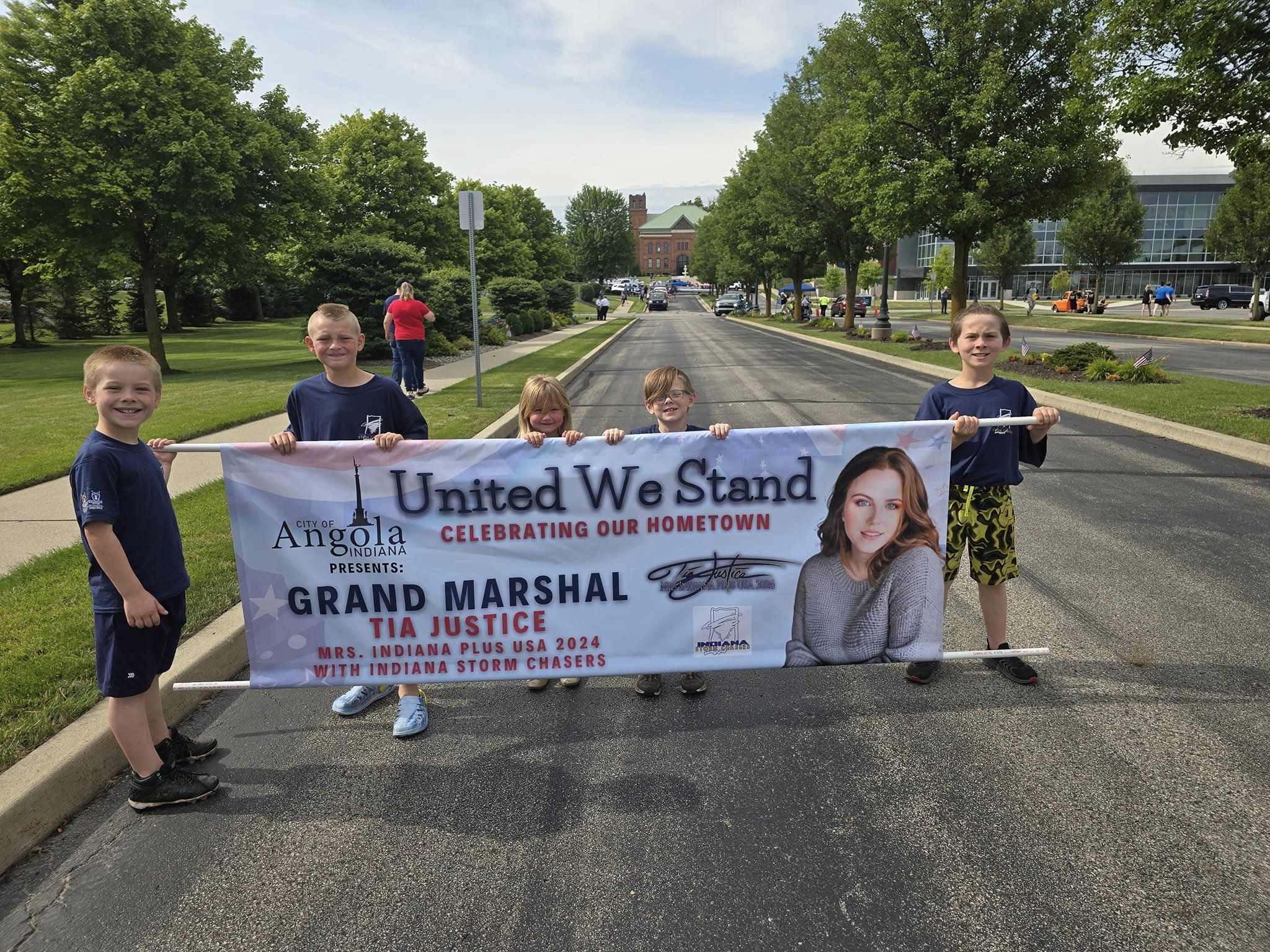
As always, we appreciate you sharing your insights and we’ve got a few more questions for you, but before we get to all of that can you take a minute to introduce yourself and give our readers some of your back background and context?
For those that don’t already know me, my name is Tia Justice and I am the Owner, President, Director, and Founder of Indiana Storm Chasers, Indiana’s #1 severe weather education, real-time forecasting, research, and storm chasing team.
I’ve been obsessed with weather – especially the wild side of it – since I was a little girl. It started in New Jersey, back when my family was evacuated from Six Flags Great Adventure because of severe weather. I must have been in first grade, but I still remember driving away from the park, only to find ourselves staring at a swirling debris cloud from a weak tornado spinning through the dirt lot of a truck stop diner. It scared the life out of us, but for me, it lit a spark I’ve carried ever since.
That spark turned into a flame thanks to my teacher the next year. She was the kind of teacher who made curiosity cool and she just happened to be dating Norm Dvoskin, a local weatherman who spent plenty of time in our classroom. He fed my obsession for meteorology every chance he got. My parents weren’t thrilled – they wanted me on a “money path” like law or medicine – but the weather had my heart. And then the summer of 1996 rolled around, and Twister hit theaters. That did it for me. The moment I realized people actually chased storms and studied them for a living? Hooked for life.
The day I got my driver’s license, I hit the road. We’d moved to South Florida by then – plenty of juicy afternoon storms popping off over the cane fields and cow pastures of western Palm Beach and Okeechobee counties. I spent my late teens and early 20s chasing whenever and whatever I could, even getting the chance to hunt storms in Alberta and the High Plains. Seeing my first true mothership supercell sealed the deal: this was my life’s work and seeing the damaging from the Joplin EF5 in 2011 and watching the lifecycle of the Rochelle, IL EF4 tornado in 2015 just galvanized that decision. When I got started we were still in the days before we had smart phones and access to radar apps with detailed velocity scans. Chasers had to go by eye, instinct, and less than detailed radar apps with blobby precipitation reflectivity modes. It was the wild west.
When I settled in Indiana to raise my family, I quickly saw a huge gap. There just weren’t enough reliable, real-time weather resources people could trust, especially when severe storms threatened. That’s why I started Indiana Storm Chasers in October 2019. We’ve been NOAA Weather-Ready Nation Ambassadors nearly since day one because we hold ourselves to the highest standard of public service, education, and real-time forecasting.
What sets ISC apart is that we’re not just about storm chasing for the thrill of it, we’re here to protect people and teach them how to survive what nature throws at them. We break down the science in plain English, toss in some dry humor to keep people calm, and do it without the fear-mongering so many other outlets rely on. We’re not about hype and we couldn’t care less about becoming Facebook famous. We’re not here for clout, we’re here to educate, research, and make lives easier.
Instead of screaming into a camera about “definitive features” or wearing space age sunglasses and using scary terms to panic people into listening, we’re boots on the ground across Indiana – in classrooms, libraries, festivals, and community centers – showing people what real weather hazards look like and teaching them to be prepared, not scared. We teach kids and families how to spot wall clouds, read radar, pick a safe shelter spot, and make weather fun, not frightening.
Our team is self-funded and accepts sponsorships, and we hold ourselves to the highest ethical standards. So much so that we were nominated for a BBB Torch Award for Ethics – something we’ll find out whether or not we’ve won in October of this year. Every member recertifies annually through NWS SkyWarn, passes in-house tests, and earns Spotter Network credentials before they can even post a report. We’re also bound by an ironclad rule: if we find damage or people in need, we stop and help. No storm photo is ever worth more than a human life.
What I’m most proud of is simple: Indiana trusts us. Thousands count on us for calm, hype-free, accurate, and humor filled forecasts when they need it most – whether that’s a tornado warning in the middle of the night or a pop-up flood on a summer afternoon.
If you take anything away about me or Indiana Storm Chasers, I hope it’s this: you don’t need a fancy degree to chase curiosity and do good science. Some of the best discoveries in history have come from people willing to explore their world, ask questions, and learn by doing. To become a weather ready nation, we have to educate our people on how to coexist with, identify, prepare for, and survive the worst tantrums that Mother Nature can throw. That’s what we stand for, and that’s what keeps us out there, storm after storm.
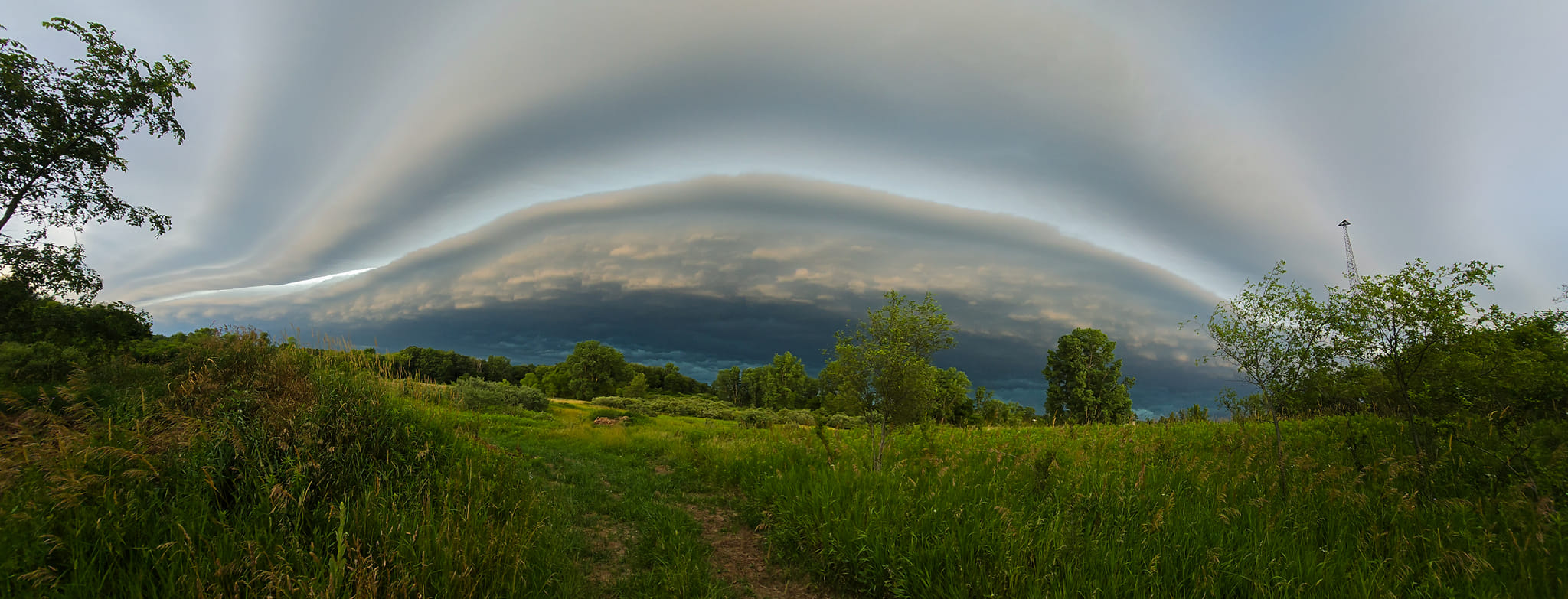
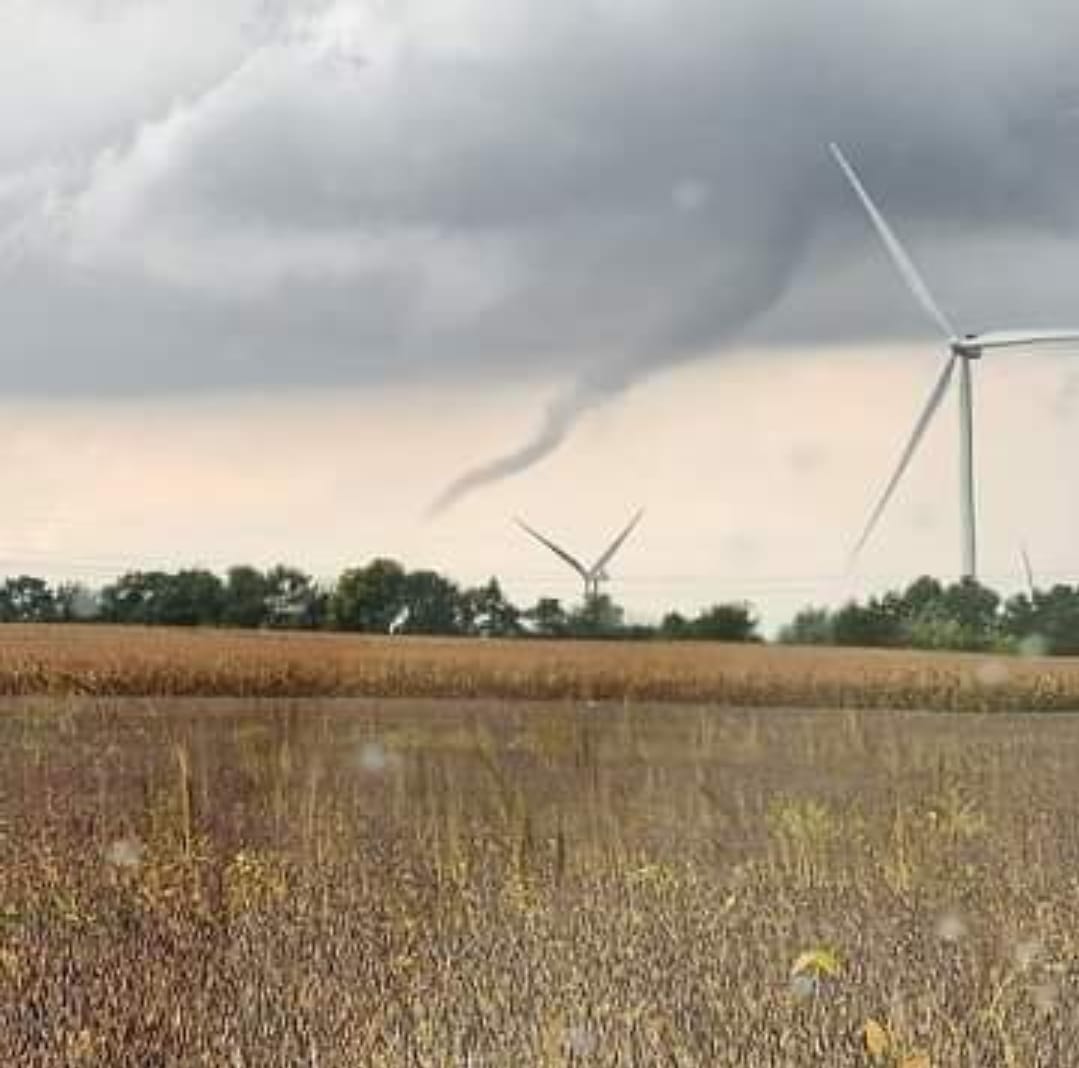
How did you build your audience on social media?
Building the Indiana Storm Chasers audience – on social media didn’t happen overnight (nearly 200k followers on Facebook alone since October of 2019) – and it definitely didn’t happen by chasing viral clicks or throwing out hype just to rack up shares. It happened by being real, staying honest, and showing up when it matters most. Most importantly, it happened in a purely organic fashion. I didn’t pay for clicks or follows. I didn’t run paid advertisements either, it was grass roots through and through and I’m exceptionally proud of the success we’ve had.
When I started ISC, I knew Hoosiers were hungry for trustworthy weather information that wasn’t buried under fear-mongering, confusing jargon, or non-stop ads. So from day one, I focused on posting updates that were clear, calm, and actually useful. If there was a watch or warning, people knew we’d explain it in plain English, no doomsday headlines, no clickbait, just facts, radar images, and a healthy dose of dry humor to calm the nerves.
We also made it personal. It’s not some faceless brand. We’re real people watching radar at 2 AM because we care about the same communities we live in. When you talk to your audience like neighbors and friends instead of numbers, people trust you and they stick around.
We didn’t just drop posts and vanish, either. We answered questions, no matter how many times someone asked, ‘Is my town safe?’ at midnight. We made sure people felt seen and heard – especially those who have storm anxiety. Over time, people realized we’d rather help you stay calm and prepared than rack up shock-value likes. That’s how you earn loyalty, by showing up, over and over again.
My advice for anyone starting to build a social media presence is this:
Be human and don’t use AI. People can smell fake from a mile away.
Show up consistently, not just when you want clicks, but when people need you and make sure you stick to your voice.
Know what you stand for and stick to it, even if it means you grow slower than the hype machines.
Be patient because audiences built on trust last a lot longer than ones built on fear or fluff.
In the end, the likes and shares are nice, but the real goal is building a community that knows they can count on you rain or shine. Stick it out and be real, make sure your customers and the people you serve know that they can really rely on you to be honest and move with integrity and transparency.
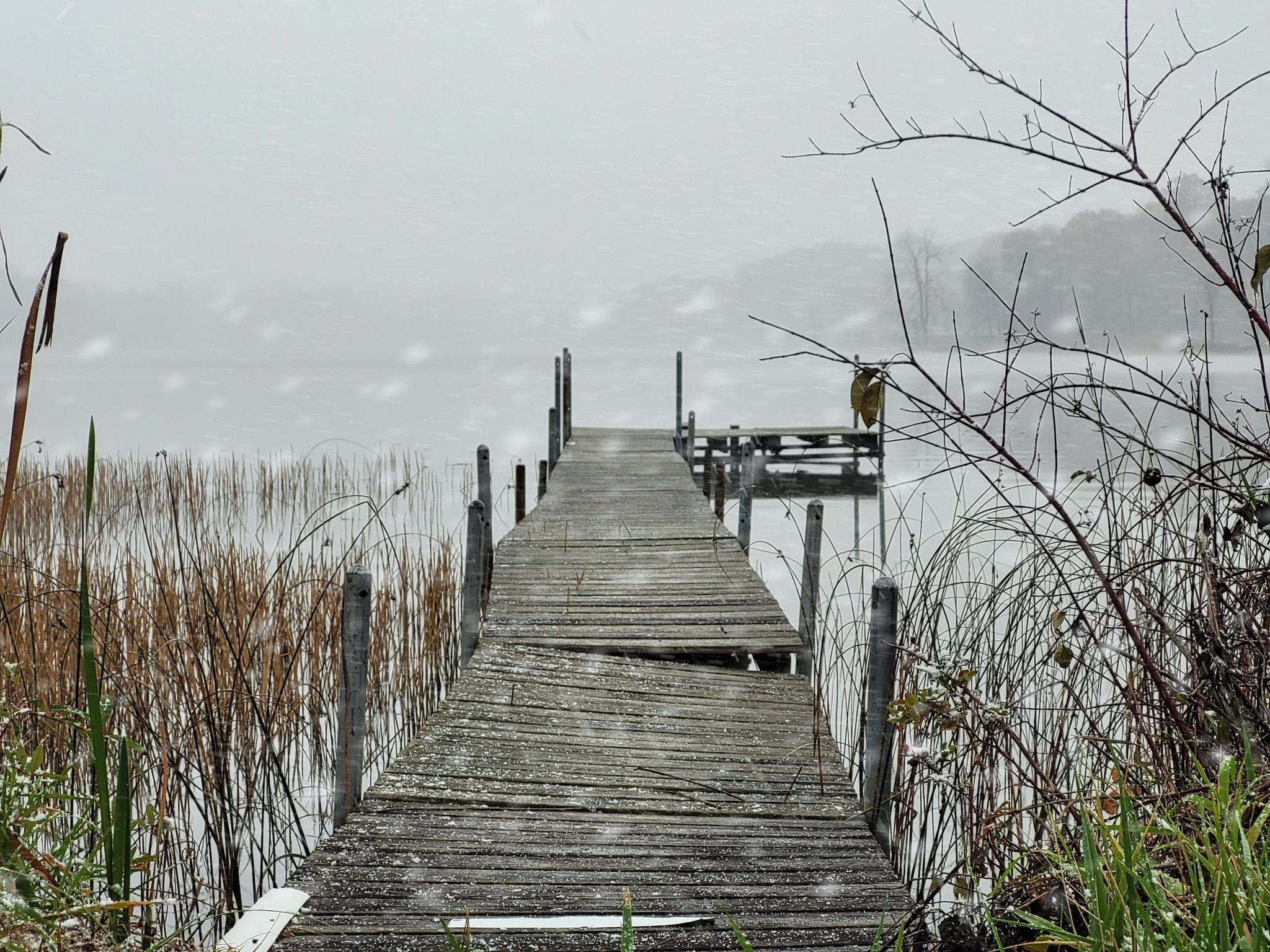
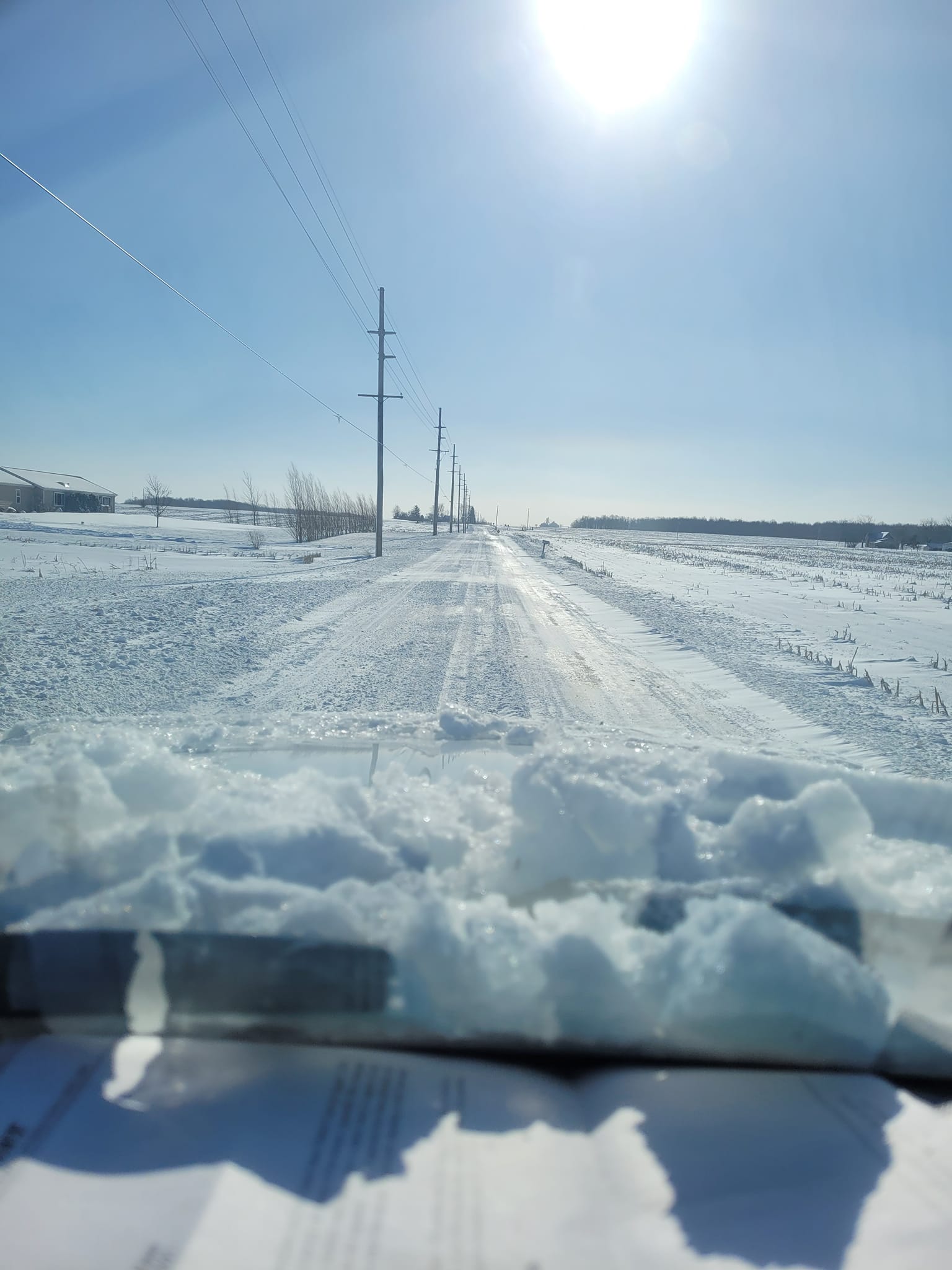
How do you keep your team’s morale high?
My best advice for managing a team and keeping morale high? Treat your people like people, not numbers on a spreadsheet or warm bodies to fill a shift. At Indiana Storm Chasers, we’re not just a team, we’re a family built on trust, mutual respect, and a shared obsession with doing things right when it matters most.
High morale doesn’t come from pizza parties or empty pep talks. It comes from giving people a real voice and making sure they know they’re valued. Every member of ISC has a say in how we do things, what we cover, and how we evolve. We bounce ideas off each other constantly in group chats, forecast discussions, and the middle of a Walmart parking lot during a storm setup. Every voice matters, no matter if you’ve been with us a decade or a month.
Clear expectations also help morale. Everyone on our team knows the standard: we hold ourselves to the highest bar for honesty, ethics, and accuracy and we expect that from each other too. We trust each other to jump in, pull radar shifts at 2 AM, stop and help when there’s damage, and cover each other’s backs.
We also have fun and don’t take ourselves too seriously. Humor is baked into our culture. We use it to cope with long hours and stressful days, and to help our audience stay calm. If you can’t laugh with your team during the down moments, morale won’t last through the tough ones.
So my biggest advice? Listen more than you talk. Empower people to step up. Keep your mission clear so they know what they’re working for and don’t be afraid to laugh, especially when Mother Nature gives you a week of non-stop drama and three hours of sleep. Shared purpose and genuine trust keep people motivated more than any carrot ever will.
Contact Info:
- Website: https://www.INStormChasers.com
- Facebook: https://www.facebook.com/INStormChasers
- Youtube: https://www.youtube.com/@indianastormchasers
- Other: [email protected]

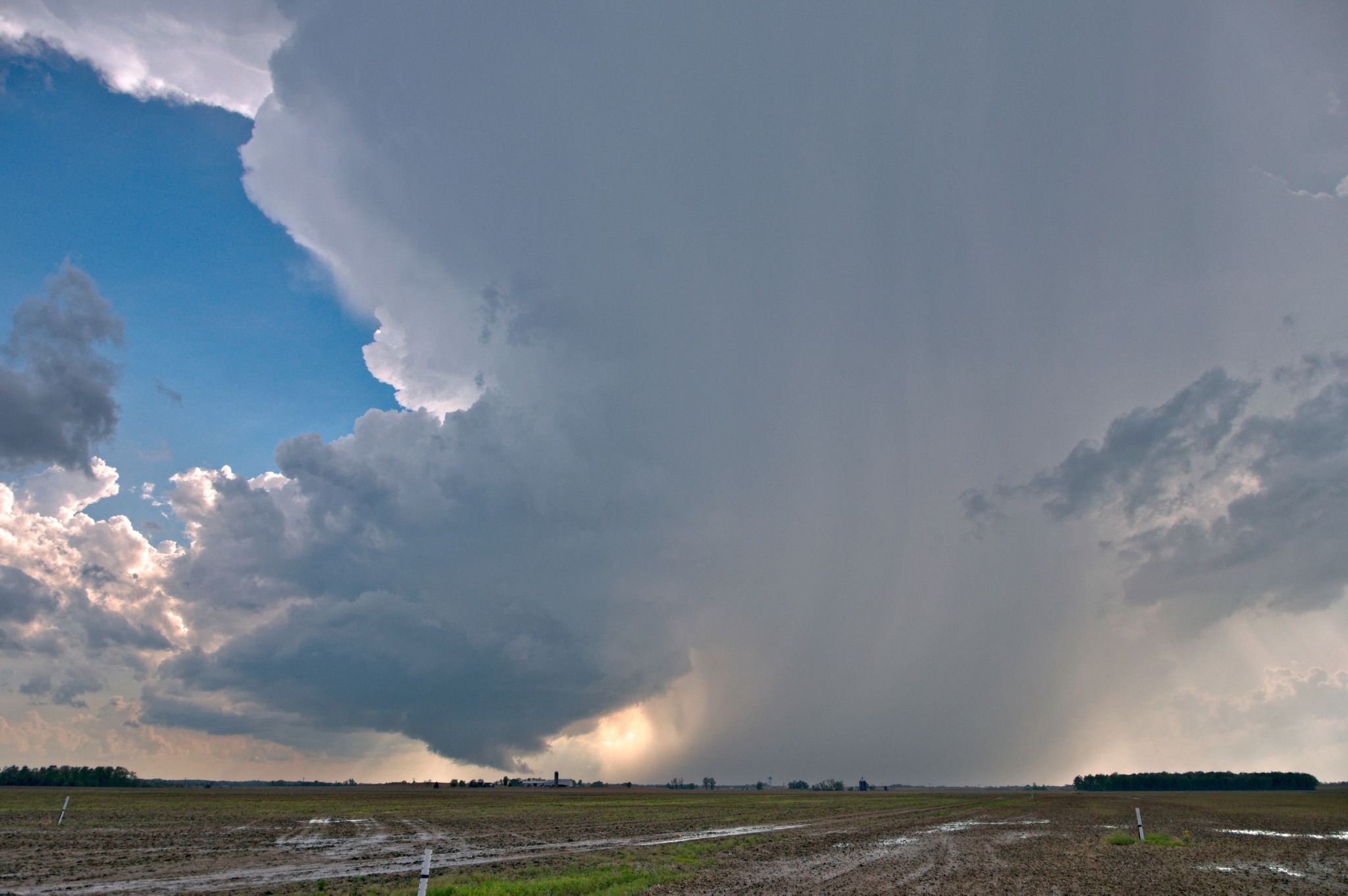
Image Credits
Tia Justice, Nathan Lorenzen


